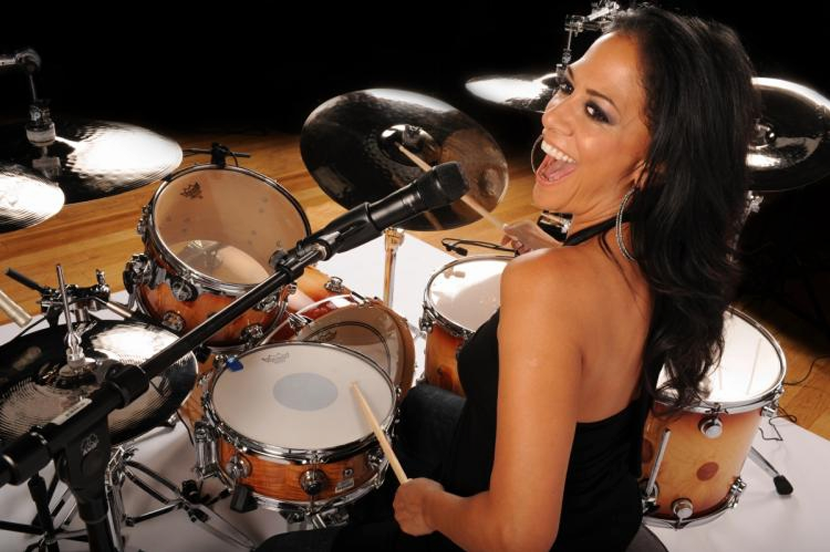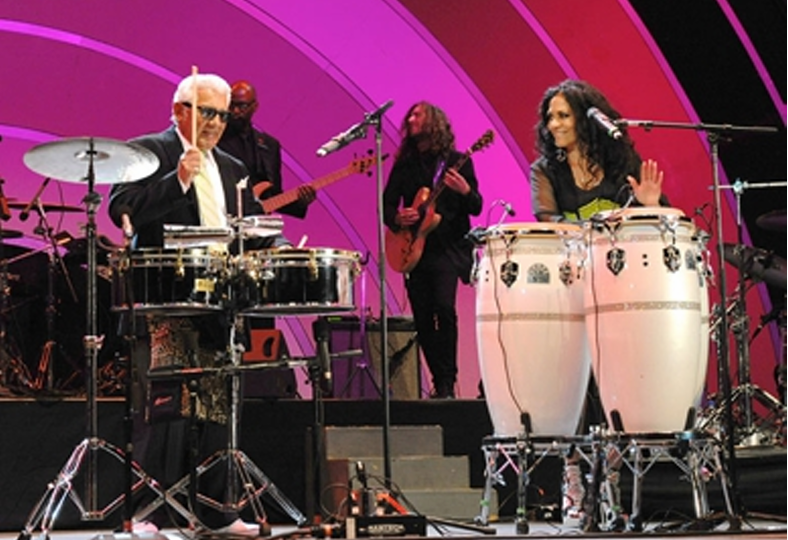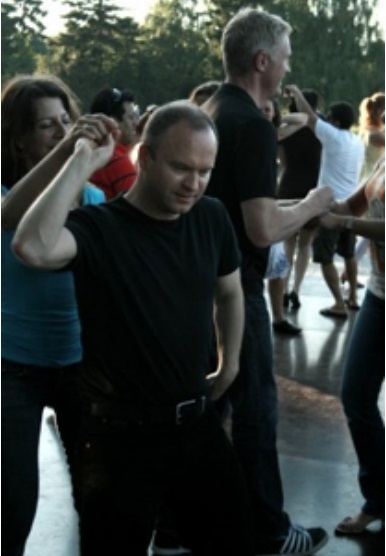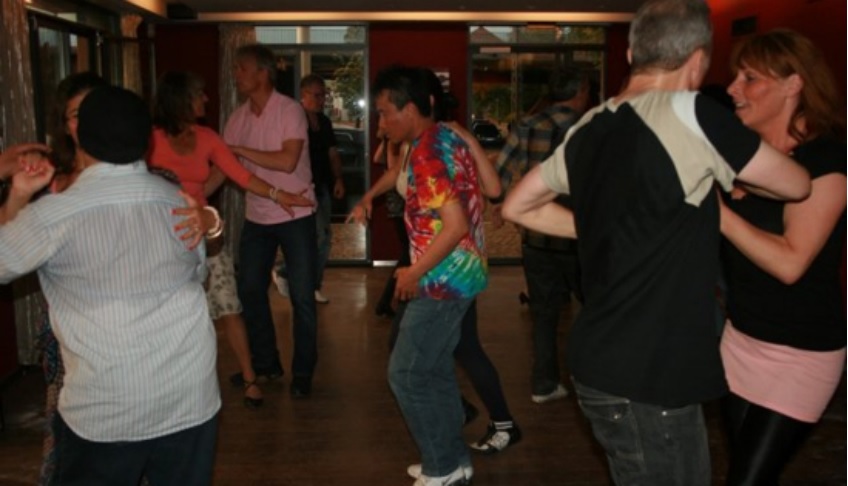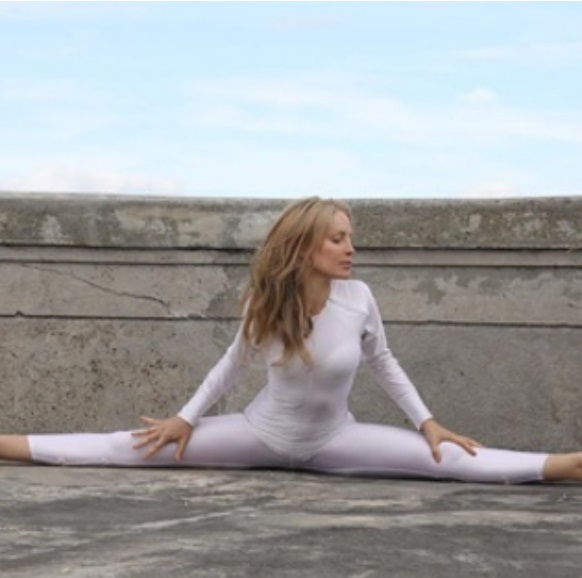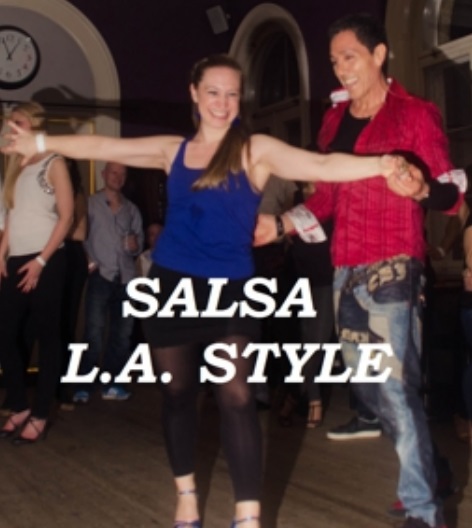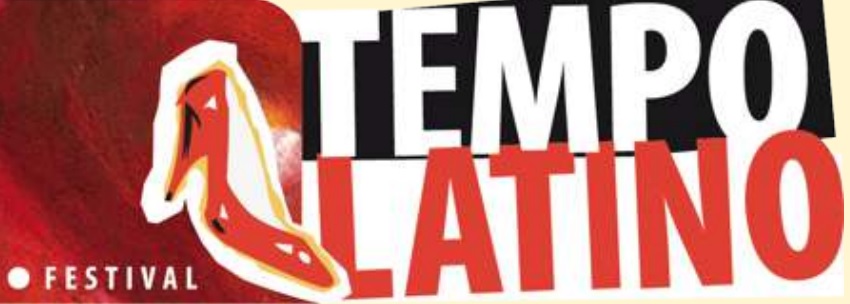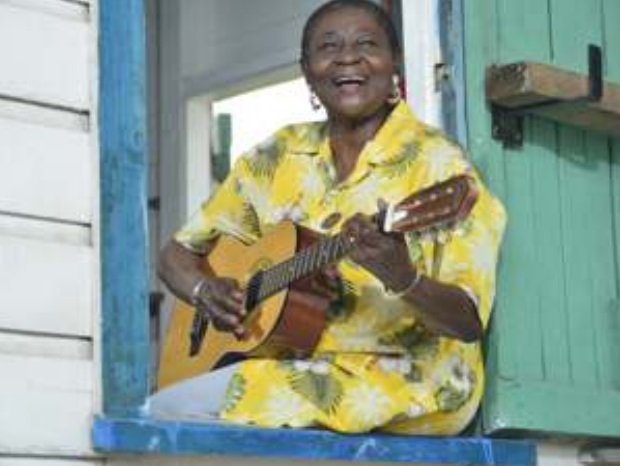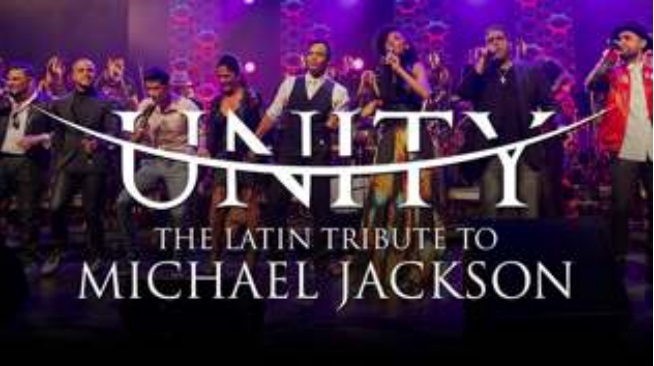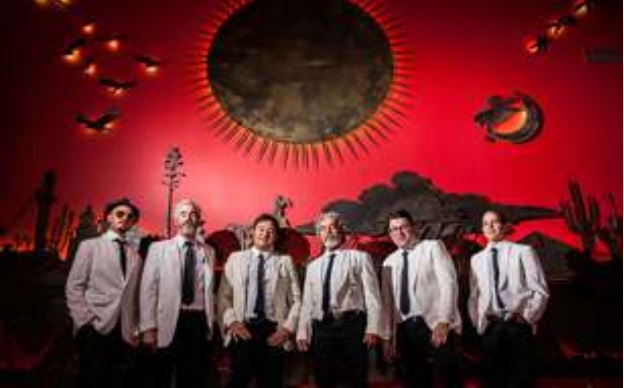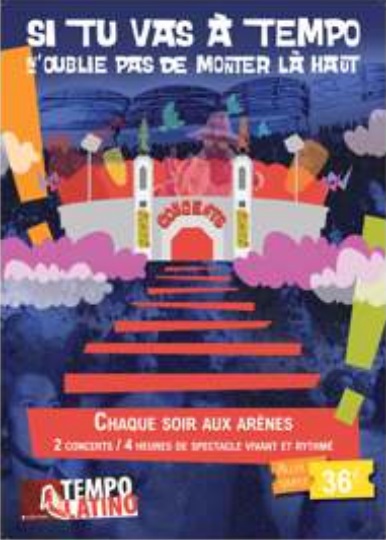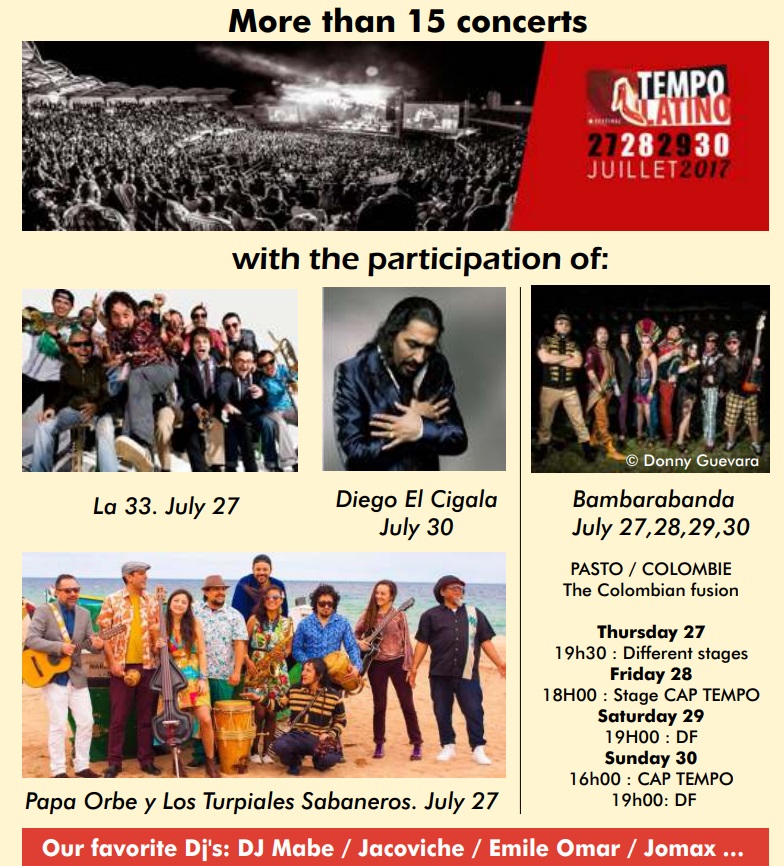Europe / France / Paris
Paris, the city of lights, is known for being a cosmopolitan city. Every month there is a special night where Latin music lovers and musicians have the chance to enjoy a new experience full of good music and dance lessons. LeSalsaClub’Party is the exclusive event where amazing DJ’s and artists of France offer an amazing show of Latin music.
This event is one of the biggest salsa party of Paris. It’s now taking place in the 13th district. This evening is dedicated to salsa dancers. You will meet teachers, international artists and especially on1/on2 social dancers. The atmosphere is non-elitist and open to all.

The party is on September 18, and we promise you’ll have a great time because of the performance of the amazing DJ SER-J, the ambassador of salsa in Paris. His passion for music has always been a no-brainer, but it is with the salsa that she became ubiquitous. His collection grew quickly from CDs to vinyl. “A new way to listen to, greater harmonic richness, but especially the opportunity to get my hand on yet never digitized albums and therefore very little known.”
The party will be in 10-18 Rue Des Terres Au Curé 75013 Paris
For more information and prices, check the website: http://www.djser-j.com/ You can’t miss the night of your life! Soundcloud DJ Ser- J https://soundcloud.com/djser-j


